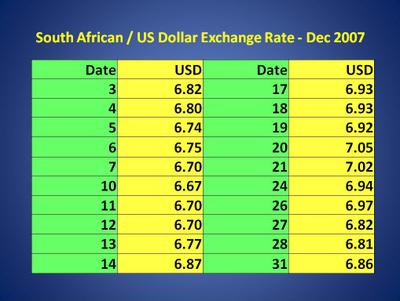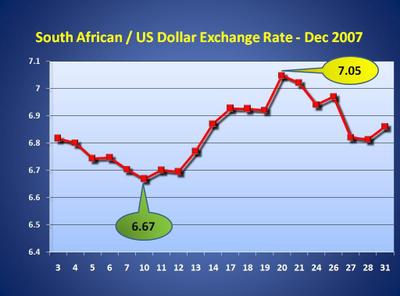I mentored a new client recently on being an emcee at a wedding – so the responsibilities of the emcee have been been on my mind. Enjoy!
The role of the emcee is simply to ensure that the event runs smoothly. This really is a two-fold role ? running the show on the day, and being prepared for any eventuality. The more prepared you are, the easier it will be to handle the curve-balls.
This checklist is really a guide of what may be required of you. At many weddings, there is a separate wedding arranger that will take care of a lot of these things, but you may be required to handle many unexpected situations.
Because your role is very prominent, you are the person that most people are going to approach with any questions or problems (even if it is officially not your problem), so it is best to be prepared. Remember to delegate and get assistance where possible or necessary.
Before the Event
- Get a copy of the agenda and check the timings
- Who is speaking?
- How long are the speakers speaking for?
- When are they speaking?
- What time is dinner, dancing, etc
- Get contact numbers for all involved (just in case)
- Bride/groom
- Venue
- Photographer
- DJ
- Best man
- Bridesmaid etc
- Find out the dress code
- What are the ?taboo? topics?
- Is there a special eating order (eg: table 1 first etc)?/li>
At the Event
- Arrive early
- Check out the venue
- Toilets
- Smoking area
- Where are you speaking from?
- Table for the gifts etc
- Ask the best man to phone you a few minutes before they arrive, so you can get people where you want them for when the bridal party arrives
- Confirm timings for the meals with the venue
- Find out where the controls are for the sound
- Is there a DJ?
- Where do you switch the background sound off?
- How do the microphones work?
- Is there a dedicated audio-visual person to assist (hotels etc may have)?
Stagetime
- Welcome the guests
- Briefly go through the programme ?we are going to have starters, then the groom will speak??
- Mention logistics
- where to smoke
- where the toilets are
- please switch your phones off during the speeches etc
- Mention Eating order
- Speeches
- You just need to bridge the speeches, you are not the star of the show
- Be brief
- Watch timing of speakers ? adjust the programme if necessary
- Let the venue know if food needs to be earlier/later
- Humour ? keep it appropriate
- You are not the star of the show, but you are critical to the success of the show
- Remember that you are working ? watch alcohol
- Have fun and enjoy yourself!

 I have always believed that to get ahead in life, you need to be an effective communicator, regardless of what your field of work is. You need to be able to communicate to:
I have always believed that to get ahead in life, you need to be an effective communicator, regardless of what your field of work is. You need to be able to communicate to:
 Last night, I attended a presentation by
Last night, I attended a presentation by 



